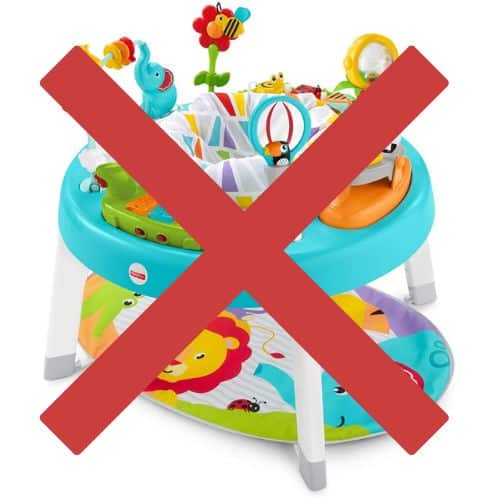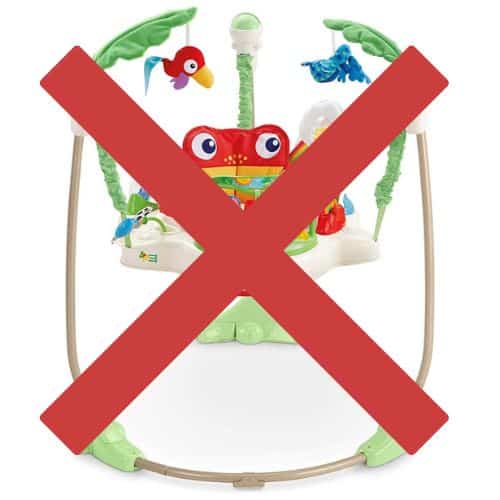Standing: Supporting Developmental Milestones

Developmental milestones represent how the BRAIN the brain and body are changing. A baby’s brain, in general, develops from the back (the location responsible for reflexes, vision centers, and overall muscle tone of the body). As they grow and develop, the brain makes more connections moving forward, crossing side-to-side and eventually into the front of the brain.
This development, step by step, is crucial for balance and coordination, sensory processing, and mental reasoning. It is so exciting to see your baby progress and advance, we just can’t seem to help ourselves from trying to push them along. Let’s learn how to support these natural stages so you can enjoy watching your baby flourish.
If development is delayed, specialized pediatric chiropractic care can be helpful! Removing tension patterns, optimizing communication between the brain and the body, and providing parents with helpful tips and exercises can make all the difference. Discussing and assessing developmental milestones is a normal part of wellness pediatric chiropractic visits.
Babies + Standing: What you need to know
In this post, we are exploring babies learning how to stand.
What is not recommended:
~Jumpers
~Toy Stations such as exersaucers
~Holding baby by the shoulders or arms
~Encouraging standing before your baby crawls (see our post on crawling here)


The Problem with Standing before Crawling
Propped in an apparatus, babies will lean onto the apparatus straining joints and ligaments, instead of holding their bodies using their muscles. This hinders learning to balance their body and puts a lot of strain on their spinal bones and joints.
Another problem with standing devices is that they limit mobility and baby’s exploration of the world around them. Freedom of movement acts to fine tune the connections and coordinate the brain’s ability to receive information and turn it into control of the body (sensory processing!)
Holding babies by their arms and shoulders is not ideal because it moves their center of gravity higher up on the body. This complicates learning to balance their own body in a normal position. Also, the shoulder is the most unstable joint of the body, held together entirely by ligaments and tendons and stabilized by muscles which are not yet well developed in our babies. Pulling on arms is a common reason for babies to need their upper spines adjusted, not to mention the most common cause of a dislocated elbow in the toddler years.
So what is recommended to support standing?
~Standing on a lap with support under the armpits using a wide hand contact on their rib cage. This allows them to stand, sit, and bounce according to their own level of strength.
~Allowing them to pull themselves up to stand using furniture. This allows them freedom of movement to develop the muscles of their hips and back, promotes stability and allows their body to learn balance and coordination.
Babies tend to go from hands and knees to standing REAL QUICK so don’t be in a hurry to get them on their feet. Their natural curiosity and motivation will have them there as soon as their body is ready!


